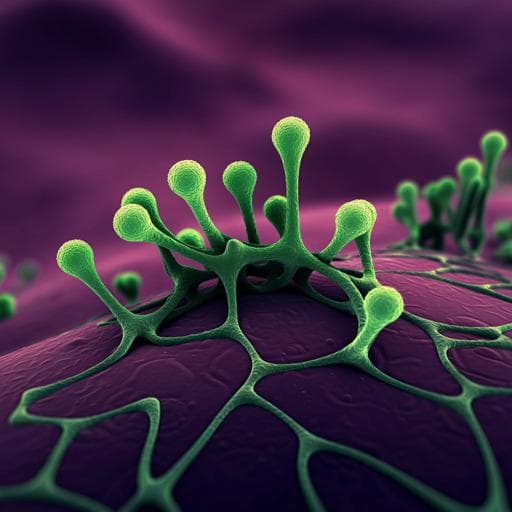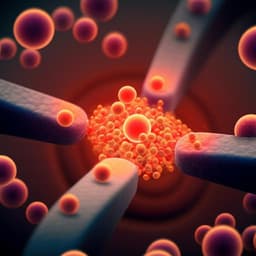
Agriculture
A rapid colorimetric LAMP assay for detection of *Rhizoctonia solani* AG-1 IA causing sheath blight of rice
P. Choudhary, P. Rai, et al.
Discover the rapid detection of *Rhizoctonia solani*, a major rice pathogen, through a groundbreaking colorimetric LAMP assay. This innovative method allows for confirmation of the pathogen in just 45 minutes, demonstrating high sensitivity and specificity. This research offers a crucial point-of-care diagnostic tool for timely intervention, conducted by Prassan Choudhary, Pallavi Rai, Jagriti Yadav, Shaloo Verma, Hillol Chakdar, Sanjay Kumar Goswami, Alok Kumar Srivastava, Prem Lal Kashyap, and Anil Kumar Saxena.
~3 min • Beginner • English
Related Publications
Explore these studies to deepen your understanding of the subject.







